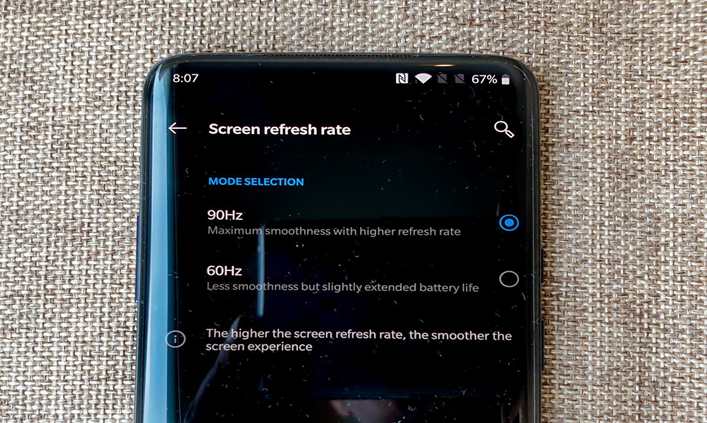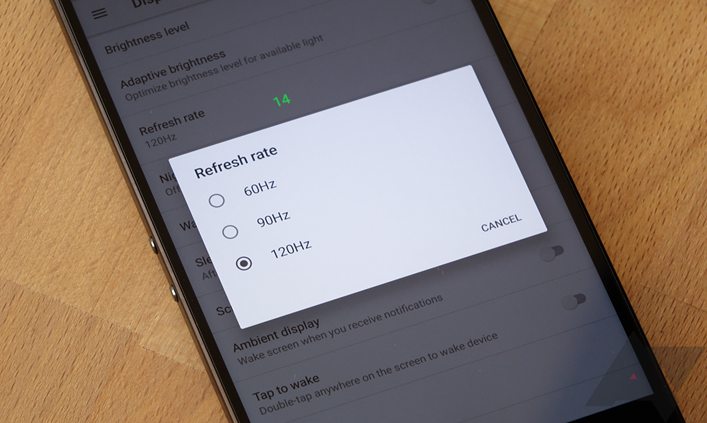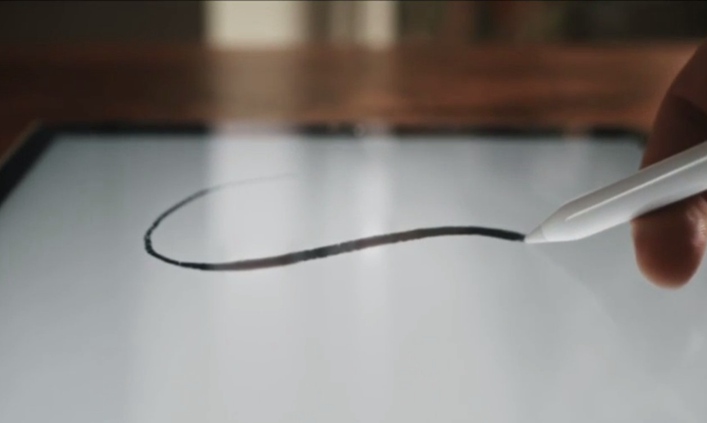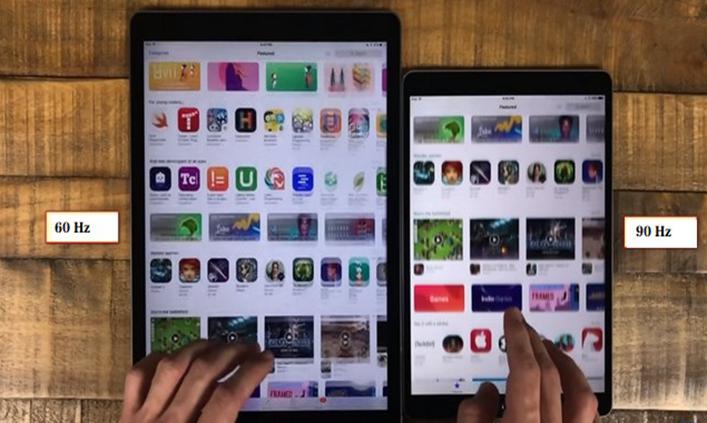90Hz Refresh Rate Phone Displays: Is It better than 60Hz?
By Carrie Tsai, Last Updated: December 23, 2019
While buying a smartphone, it's unquestionable that you'll take display specifications into account such as display type and resolution. Among all these specifications, display refresh rate starts to be noticed. When it comes to refresh rate, its standard on the majority of mobile phones is 60Hz.
However, 90Hz high refresh rate on mobile phone displays has been a new trending tech since Oneplus introduced its Oneplus 7 Pro with 90Hz display earlier this year. Also, this trend is pushed forward by the requirement of better VR and gaming experience.
Then, what is display refresh rate? How do 90Hz phone displays differ from 60Hz? Is it better to use 90Hz and even higher refresh rate phone displays than 60Hz? Read on to find out.

You can also read:
Smartphone Display LCD VS OLED: Where Does the Difference Lie in?
What is the Difference between 720p VS 1080p on a Phone and Does Higher PPI Mean Better Quality?
What Does Display Refresh Rate Mean?
The display refresh rate is a measure of how many times a display is capable of refreshing the image on the screen in a single second. Hertz, officially abbreviated as "Hz", is the unit of refresh rate. If the refresh rate is too low, there will be more image flickering which will easily lead to eye strain. Thus, for the sake of decreasing eye strain, a vast majority of mobile phone displays come with a 60 refresh rate.

Lists of Best 90Hz Refresh Rate Display Smartphones in 2019
However, in recent times, more attention is being switched from 60Hz towards 90Hz and even higher refresh rate phone displays since the first 90Hz display mobile phone - OnePlus 7 Pro was introduced. While OnePlus with its OnePlus 7 Pro is the pioneer for high refresh rate trend, many other mobile phone brands follow the trend and introduce their 90Hz display phones on and on.
Let's take a look at the top 7 best 90Hz refresh rate display smartphones in 2019:
Phones | Specifications Links |
OnePlus 7 Pro | |
Realm X2 Pro | |
OnePlus 7T | |
OnePlus 7T Pro | |
Oppo Reno Ace | |
Google Pixel 4 | |
Nubia Red Magic 3S |
60Hz vs 90Hz: Pros and Cons of Phone Displays with 90Hz Refresh Rate
As the above information notices, most of smartphones have displays with 60Hz refresh rate. And so far there are still a few mobile phones like OnePlus 7 Pro and Realm X2 Pro which boast 90Hz refresh rate displays. Then, how 90Hz refresh rate phone displays differ from 60Hz? Is it better than 60Hz? Continue to read.
60Hz Refresh Rate Phone Displays:
As for the definition, 60Hz phone displays refresh the source information 60 times per second. They are always the most widely used phone displays on the current market. For the most of smartphone users who utilize their phones for usual purpose but not for gaming, 60Hz phone displays are the most go-to displays. That is, it's the standard of refresh rate on mobile phone displays.
90Hz Refresh Rate Phone Displays:
Phone displays with 90Hz refresh rate mean that they redraw the source information 90 times per second. That is to say, a 90Hz refresh rate display refreshes the image 30 times more than 60Hz. At this point, compared to 60Hz, 90Hz phone displays are beneficial to the decrease of eye fatigue for that image flicking will be less on the displays.
Different from 60Hz displays which are widely used, displays with 90Hz and higher refresh rate are mostly brought to gaming-centric phones and recently now to a few mobile phones for daily use. It is a major upgrade relative to 60Hz display and its differences can be noticed. Let's see how 90Hz phone displays differ from 60Hz by pointing out its pros and cons.
Pros:
1. Faster Touch Response Time
Using a phone display with 90Hz refresh rate theoretically has faster touch response time than with 60Hz. Actually, if you make one of your fingers move on a 90Hz display and another on a 60Hz simultaneously in a fast motion, you'll find that the 90Hz display keeps pace with your motion quite well while the 60Hz exerts all its strength to follow your fingers.
Furthermore, on the 90Hz display, operating system will work smoothly and basic tasks such as messaging, apps running and enjoying videos will also do better. At this point, 90Hz phone displays are better than 60Hz since smoother and faster UI experience is something that is always pursued by every mobile phone user.

2. Faster Stylus Response Time
If your phone supports stylus, a 90Hz display can give you a better stylus response time. That is, you can write smoother and faster on it than on 60Hz.

3. Smoother Scrolling
On a 60Hz refresh rate phone display, if you were to scroll infinitely, you would notice ghosting. While on a 90Hz display, you would find the scrolling much smoother. That is, ghosting situation is rare on the 90Hz phone display.

4. More immersive Gaming Experience
It is crucial for phone gaming players to pursue 90Hz and even higher refresh rates, since they allow the display to catch up with the rapid movements of a player. This is what a 60Hz display cannot realize anyway. After all, a display keeping up with all the rapid movements grants a gamer more enjoyable gaming experience.
5. Powerful Tool Needed for Better VR Experience
Nowadays, more focus are shifted to virtual reality. 90Hz and higher refresh rate of phone displays can attribute to better VR experience than 60Hz. They can make VR experience more natural and vivid. This is why more and more phone manufacturers attach great importance to increasing refresh rate of displays.
Although 90Hz phone displays own lots of manifest advantages compared to 60Hz, there are still many disadvantages 90Hz and higher refresh rate displays have.
Cons:
1. Battery Drain
Battery drain will be faster if you constantly run a mobile phone display at 90Hz or even more higher refresh rate. At this point, 90Hz refresh rate seems a bit weaker than 60Hz. To alleviate battery drain, phone manufacturers like OnePlus and Razer make provisions in the software to remind the users to reduce the refresh rate of display when there are apps that don't need high refresh rate. .
2. Higher Price
So far, the prices of most 90Hz and higher refresh rate phone displays on the market are still not accessible to many people. The reason lies in the expensive OLED panels into which higher refresh rate displays incorporate.
3. Damage to Displays
Setting phone displays at high refresh rate which is too high for the displays has detrimental effect on both the displays and the phone hardware.
So is It Better to Use High Refresh Rate Phone Displays?
Are 90Hz phone displays perfectly better than 60Hz? Is it better to use higher refresh rate phone displays? The answer is not definite. It all depends on your purpose of usage. If you're a gaming enthusiast or pursue speed and a snappy UI experience, 90Hz and even higher refresh rate displays are paramount to you. If you need a display just for basic usage, 60Hz displays are preferable.






